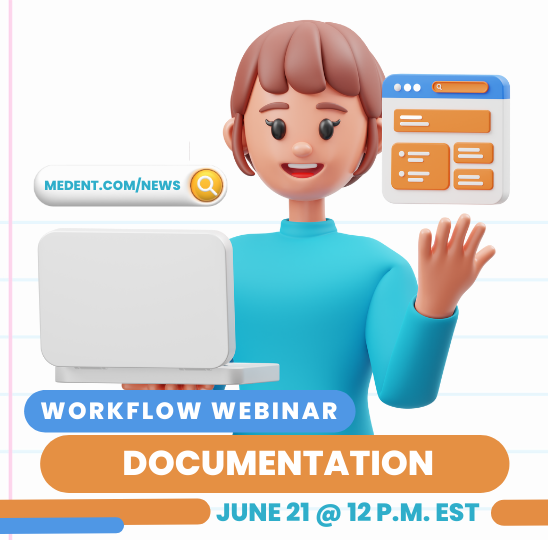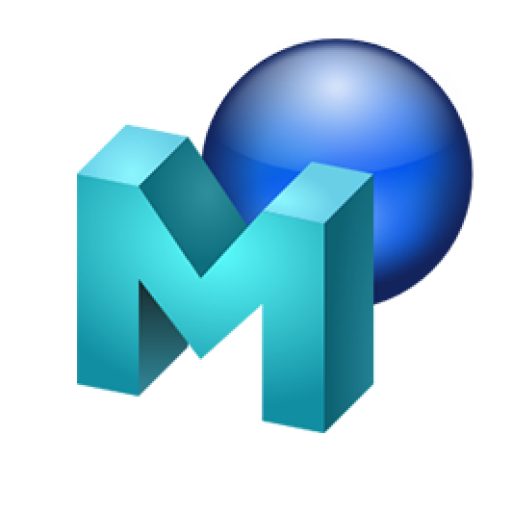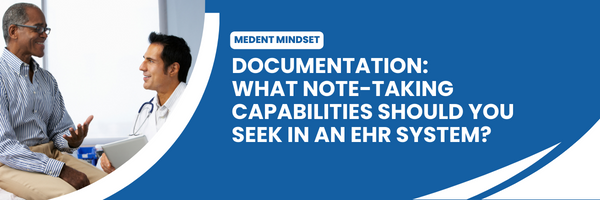May 23, 2023
The Significance of Documentation in Healthcare
Time Spent on EHR Documentation
of each visit
Source: JAMA Internal Medicine, 2017
of each workday
Source: Annals of Internal Medicine, 2019
NOTE: These statistics represent averages that may not reflect the experiences of every medical provider or specialty.
A study published in JAMA Internal Medicine in 2017 found physicians spent 33 percent of each patient encounter on EHR activities, with documentation taking up a significant portion of that time.
In 2019, the American Medical Association (AMA) found that physicians spent an average of 16.6 minutes per patient encounter on EHR documentation. The study also revealed that physicians spent an additional 86 minutes per day on EHR activities outside of clinical hours.
And a study published in the Annals of Internal Medicine found that physicians spent an average of 3.08 hours on EHR tasks during an 11.4-hour workday; that translates to roughly 27 percent of a typical workday. Documentation and chart review accounted for a significant portion of the EHR-related time.
It’s worth noting that the time spent on note-taking and documentation can vary widely based on several factors, including the complexity of the visit, the provider’s experience and documentation style, the EHR system’s usability and the provider’s familiarity with the EHR system, and the practice’s specific workflow and documentation requirements. In general, note-taking for a routine follow-up visit may take 5 to 15 minutes while more complex visits, such as new patient visits or visits involving extensive evaluations, may require 15 to 30 minutes or more.
Noteworthy EHR Documentation Features
Patient encounter notes in an EHR system play a crucial role in documenting patient visits accurately and efficiently. Here are some important note-taking capabilities that practices should seek in an EHR to optimize time spent on note-taking:
Customization
The ability to customize encounter notes is essential to tailor the documentation process to the practice’s specific specialty and workflow. Practices should be able to create or modify templates, forms, or sections within encounter notes to capture the necessary information relevant to their specialty.
Structured Documentation
EHR systems should support structured documentation to ensure consistent and organized encounter notes. This includes predefined sections for chief complaint, history of present illness (HPI), review of systems (ROS), physical examination findings, assessment, and plan. Structured documentation facilitates efficient data entry and promotes clarity in communication among providers.
Templates and Shortcuts
EHR systems should offer pre-built templates and shortcuts that providers can utilize to expedite documentation. Templates can include commonly used phrases, diagnoses, and procedures, reducing the need for repetitive typing and ensuring consistent language and formatting across encounter notes.
Voice Recognition
Integration of voice recognition technology or natural language processing capabilities allows providers to dictate encounter notes directly into the EHR system. This feature can enhance efficiency by reducing the time spent on manual data entry and supporting hands-free documentation.
Copy and Carry Forward
Copy forward and carry forward capabilities enable providers to carry over relevant information from previous encounter notes to subsequent visits. This feature helps to maintain continuity of care and reduces duplication of documentation for recurring or chronic conditions.
Integration of Clinical Data
EHR systems should seamlessly integrate clinical data from various sources, such as laboratory results, imaging reports, and other diagnostic tests, into the encounter note. Providers should be able to review and incorporate this data into their documentation without the need for manual data entry or switching between different applications.
Decision Support Tools
Encounter notes can benefit from decision support tools integrated into the EHR system. This includes alerts, reminders, and prompts that assist providers in making informed decisions during documentation, such as suggesting appropriate diagnoses, treatment options, preventive care measures, or coding suggestions.
Collaboration and Co-editing
EHR systems should facilitate collaboration among care team members when documenting encounter notes. Multiple providers should be able to contribute to the same encounter note simultaneously or sequentially, ensuring comprehensive and coordinated documentation.
Ease of Navigation & User Interface
An intuitive and user-friendly interface is crucial for efficient encounter note documentation. EHR systems should provide easy navigation between sections, efficient data entry methods, and clear visualization of encounter notes to enhance usability and minimize documentation errors.
Accessibility & Mobility
Encounter note capabilities should be accessible from various devices and locations to support providers’ mobility. Mobile compatibility and cloud-based solutions enable providers to access and update encounter notes securely, even outside the traditional office setting.
MEDENT Features
MEDENT is an EHR system that offers various features to assist practices with documentation. Here are some ways MEDENT can help practices optimize the time spent on note-taking:
MEDENT offers customizable Master Documents and Templates, allowing healthcare providers to document patient visits efficiently and consistently. Providers can tailor these templates to their specific specialties or practice preferences, ensuring that all relevant information is captured during the encounter.
A library of Master Documents is created for the practice and can be re-used and customized for individual patients. MEDENT’s Master Documents can contain combinations of free-text typing, data pulled from the MEDENT database, Document Components, scanned text and images and Microsoft Word Documents.
MEDENT’s Progress Note is a structured clinical document that is used to exchange codified patient data. When viewing a Progress Note, it automatically converts from XML to a PDF, which displays within MEDENT. Users can import and export Progress Notes. When importing a Progress Note from another practice, the information can be parsed into the patient’s chart.
MEDENT’s CCD provides a snapshot of the most relevant administrative, demographic and clinical information for a specific patient. It provides a means for one healthcare practitioner, system or setting to aggregate all of the pertinent data about a patient and forward it to another to support the continuity of care. This is a historical tally of the patient’s previous care.
Just like with MEDENT’s Progress Note, information from a CCD can be automatically or manually parsed into the patient’s chart. Users can import and export a CCD.
There is a customizable bookmark toolbar below the button line throughout MEDENT. Users can add links or buttons that essentially act as shortcuts to access areas or complete tasks. For instance, adding the Consent, Create link allows the quick creation of consent documents on a patient’s chart while the Batch Sign Orders link lets providers batch sign all of the patient’s unsigned orders at once.
Care Plan Packages can be set up per practice, diagnosis and doctor. These packages include pre-set tasks that are completed when a diagnosis is selected for a patient, including generating documents, writing prescriptions, ordering labs, adding CPT codes and additional diagnosis codes and formatting specific comments into the patient’s progress note. Providers can assign multiple care plan packages to a given diagnosis or range of diagnoses; then, when selecting the diagnosis, the provider can choose which plan package to follow to treat that patient.
MEDENT’s Shorthand links a short code which is typed to a longhand response (e.g. lmom, left message on machine). Users can set up a personal shorthand file or use a master shorthand file and even create shorthand forms.
MEDENT fully integrates Dragon Medical Speech Recognition to allow users to dictate directly into the free text areas of MEDENT. Users can configure Dragon Medical One to bring in a MEDENT shorthand by setting up custom commands that will type out the word and <press spacebar>. Users can also configure buttons on the top button line to be clicked by setting dragon commands to press the appropriate function keys.
MEDENT’s Collaborative Editor allows multiple users to view and edit the same document at the same time.
MEDENT’s Required Documentation lets practices quickly identify patients who have completed required documents as well as those who have not. We color code our icons to indicate when a required document has been created and closed, when a document needs to be created, when a document has been created but needs to be reviewed and closed, and when a document is not required but can still apply.
MEDENT’s Patient Pre-Check-In and Electronic Forms Tablet interfaces let patients complete documentation electronically at home via a link or in the office on a tablet. And On Demand Required Documentation allows the practice to assign these documents to patients on the fly.
MEDENT Mobile is designed for smartphones and tablets. The touch-friendly interface is designed to quickly and easily access some areas of MEDENT while on the go. The web-based application can be used to view, route and sign documents.

Don’t Miss Our Next Workflow Webinar!
On Wednesday, June 21, at 12 p.m. EST, review MEDENT’s many different document options! From formattable and collaborative blocks to data objects and components, see how our documentation system can be customized to meet your practice’s specific workflow and operational needs.


Comments are closed